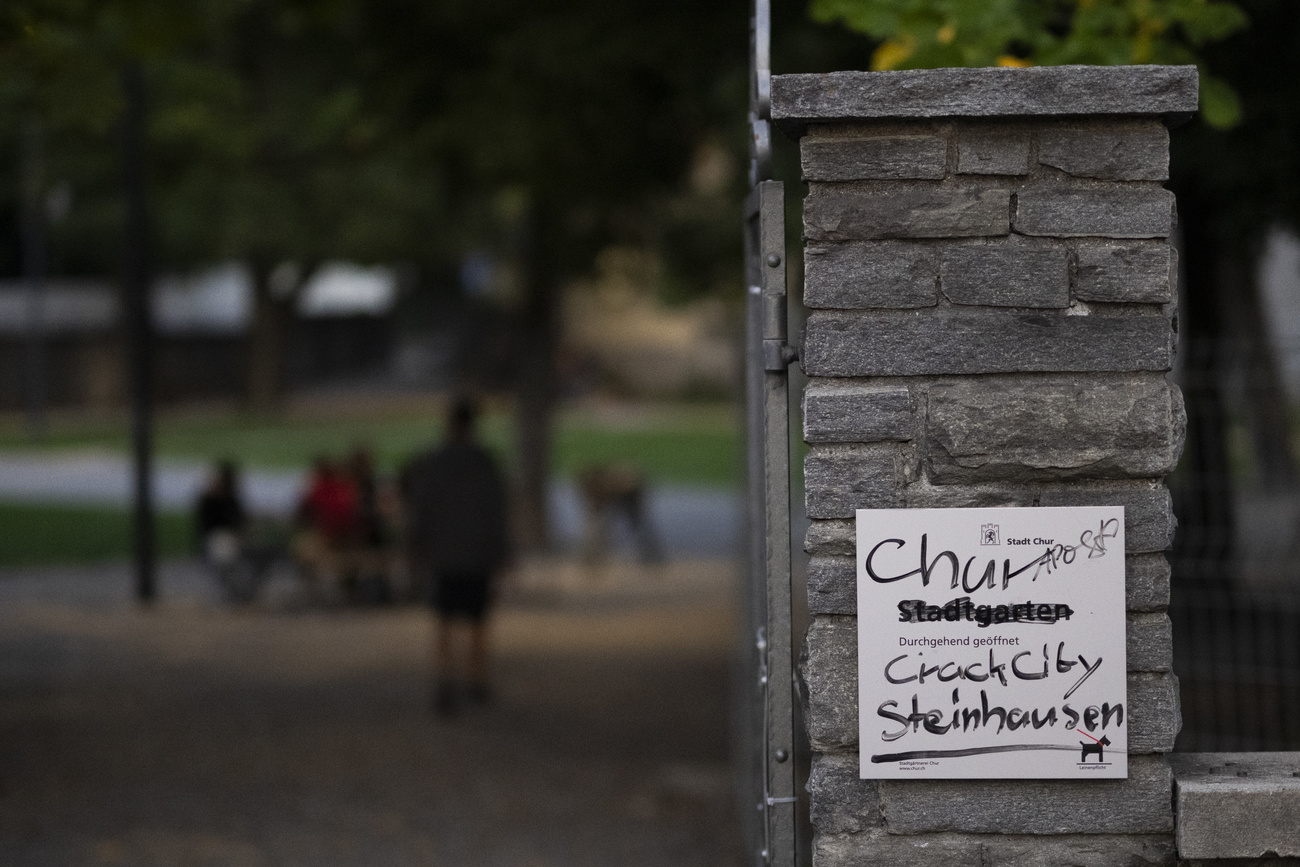Pioneer of glacier theory a very local hero

Switzerland loves its museums, and virtually every town has at least one celebrating some aspect of local life. But few can be more fitting than the one in the village of Lourtier, in canton Valais.
Lourtier, all closely-huddled houses and narrow streets, sits in a beautiful green valley below the resort of Verbier. It would be completely unremarkable if it wasn’t for the fact that Jean-Pierre Perraudin was born and lived here.
Perraudin is the village’s most famous son but he is not as well known as he deserves to be, not even in his native canton Valais.
Which is a shame because Perraudin did more than anyone to explain how this region’s distinctive steep-sided valleys were formed. You see, Perraudin was the man who discovered glacier theory.
Put simply, this humble chamois-hunter discovered that huge swathes of land had been covered with ice and that this ice had shifted rocks and trees substantial distances.
“It was Jean-Pierre Perraudin, through his observations, who started the science of glaciology,” says Marguérite Perraudin, who runs Lourtier’s tiny but informative glacier museum, which is to be found in the great man’s former home.
“That science was born in this very house,” added Perraudin, who is married to a direct descendent of the man himself.
“He discovered that the stria – the grooves in the rocks – are formed by glaciers. The ice polishes the rocks, and the stones inside the glacier mark the rocks – always in the direction of the valley.”
In 1815, Perraudin shared his ideas with the cantonal engineer, Ignaz Venetz, who tried to bring them to a wider public.
“For a long time they were the only ones to believe this science,” Perraudin says.
“Like anyone who’s the first to create something, he was never given the recognition he deserved. It’s only now that people are talking about it more,” she adds. “Much of what we know about the weather and climate stems from his discovery.”
Nowadays, the modest stone and wood house has become something of a shrine for students of glaciology and geology.
Among the more intriguing exhibits are the 5,000-year-old trunks of cembro pine trees, which were pulled up, carried along and spat out by the nearby Corbassière glacier. The rings on their trunks give a clear indication of the changes in temperature in this region in that period.
Early maps of canton Valais are laid out alongside modern-day equivalents. These show how much the region’s glaciers have retreated over the past 150 years.
The house also provides insights into peasant life in 19th century Valais. It is full of photographs of Perraudin and his family, and has important documents, books and household artefacts on display.
But it is mainly a monument to the achievements of Jean-Pierre Perraudin. The other monuments are the glaciers themselves.
by Roy Probert

In compliance with the JTI standards
More: SWI swissinfo.ch certified by the Journalism Trust Initiative








You can find an overview of ongoing debates with our journalists here . Please join us!
If you want to start a conversation about a topic raised in this article or want to report factual errors, email us at english@swissinfo.ch.